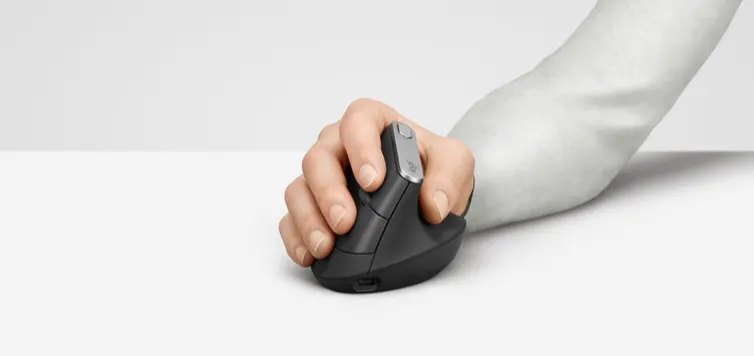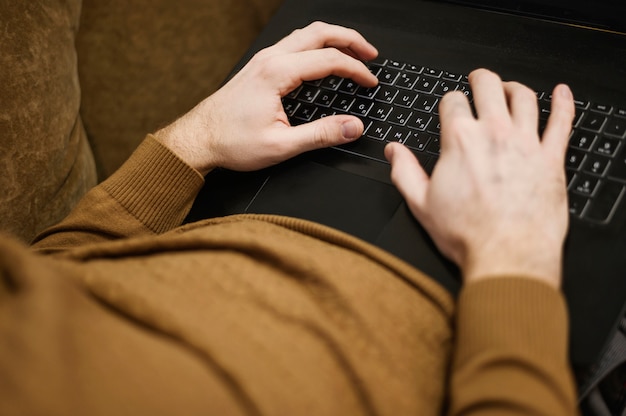Taking screenshots is essential for sharing information, troubleshooting, or saving important content. Whether you’re using a Logitech Keyboard, a Bluetooth keyboard, or a model with advanced features, Logitech makes the task simple and efficient. This guide will help you understand how to take a screenshot using your Logitech keyboard, with tips on utilizing Logitech software for customization.
1. Using the “Print Screen” Key
Most Logitech keyboards come with a Print Screen key (often labeled as PrtSc, PrtScn, or similar) for taking screenshots.
Steps to Screenshot the Entire Screen
- Locate the PrtSc key on your Logitech keyboard.
- Press the PrtSc key once. This will capture the entire screen and copy it to your clipboard.
- Open any image editor or document, such as Paint or Microsoft Word.
- Press Ctrl + V to paste the screenshot.
- Save the file in your preferred format (e.g., PNG, JPG).
2. Taking a Screenshot of the Active Window
If you only want to capture the currently active window (not the entire screen), follow these steps:
- Press Alt + PrtSc on your Logitech keyboard.
- The active window will be captured and copied to the clipboard.
- Open an image editor or a document and press Ctrl + V to paste the image.
- Save the file to your preferred location.
3. Using Windows Shortcut Keys for Partial Screenshots
For Windows users, you can take a screenshot of a specific portion of the screen using the Snipping Tool or shortcut keys.
- Press Windows + Shift + S simultaneously on your Bluetooth keyboard or wired Logitech keyboard.
- Your screen will dim, and a crosshair will appear.
- Drag the crosshair to select the portion of the screen you want to capture.
- The screenshot will automatically be saved to the clipboard.
- Paste it into any editor or document using Ctrl + V.
Note: This method works seamlessly with Windows 10 and 11 on Logitech keyboards, including Bluetooth keyboards.
4. Logitech Keyboards with Dedicated Screenshot Buttons
Some advanced Logitech keyboards, such as the Logitech MX Keys or G-Series gaming keyboards, feature dedicated keys or programmable buttons for screenshots.
- Check your keyboard manual for keys labeled “Capture,” “Screenshot,” or a camera icon.
- If available, simply press this key to take a screenshot.
Customizing Keys with Logitech Software
Logitech allows you to assign screenshot functions to specific keys using Logitech software like Logitech Options or G HUB:
- Download and install the Logitech software for your device.
- Open the software and select your keyboard (wired or Bluetooth keyboard).
- Choose a function key and assign it to “Screenshot.”
- Save the settings and use the key for quick screenshots.
5. Taking Screenshots on macOS with Logitech Keyboards
If you’re using a Bluetooth keyboard or wired Logitech keyboard with macOS, here’s how you can take screenshots:
- Capture Entire Screen: Press Command (⌘) + Shift + 3.
- Capture Selected Portion: Press Command (⌘) + Shift + 4, then drag to select the area.
- Capture Active Window: Press Command (⌘) + Shift + 4, then press the Spacebar and click the window.
Screenshots will automatically save to your desktop.
6. Logitech Gaming Keyboards (G-Series)
Logitech gaming keyboards often include programmable G-Keys for shortcuts like screenshots:
- Use Logitech G HUB software to assign the screenshot function to any G-Key.
- Save the settings and press the G-Key to capture a screenshot instantly.
Troubleshooting Common Issues
- Screenshot Not Working? Try pressing Fn + PrtSc if your Logitech keyboard requires the function key.
- Ensure your keyboard drivers and Logitech software are updated.
- For Bluetooth keyboards, check that the connection is stable and functioning correctly.
Final Thoughts
Whether you’re using a wired Logitech keyboard, a Bluetooth keyboard, or a gaming model, Logitech offers multiple ways to take screenshots. By utilizing built-in keys like PrtSc, shortcuts such as Windows + Shift + S, or customizing functions with Logitech software, capturing your screen becomes quick and effortless.
Explore these methods and make the most of your Logitech keyboard for enhanced productivity!
Explore our range of products: https://officeandwindows.com/shop/




